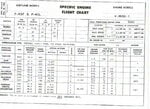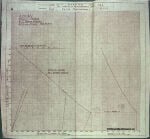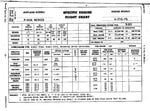Mike Williams
Senior Airman
- 572
- Oct 19, 2006
Sadly I've never found original performance test data for a P-40K
These are all the test reports I'm seeing for the P-40K fwiw:
Memorandum Report on P-40K-1, A.A.F. No. 42-9761: Speed Tests - Normal and Smooth Camouflage
Memorandum Report on P-40K-1, A.A.F. No. 42-9761 (addendum): Speed Tests



